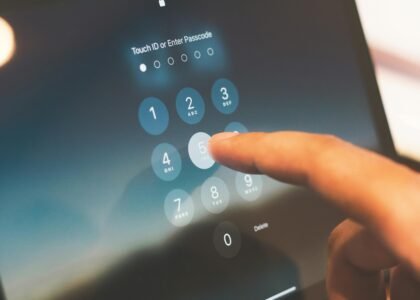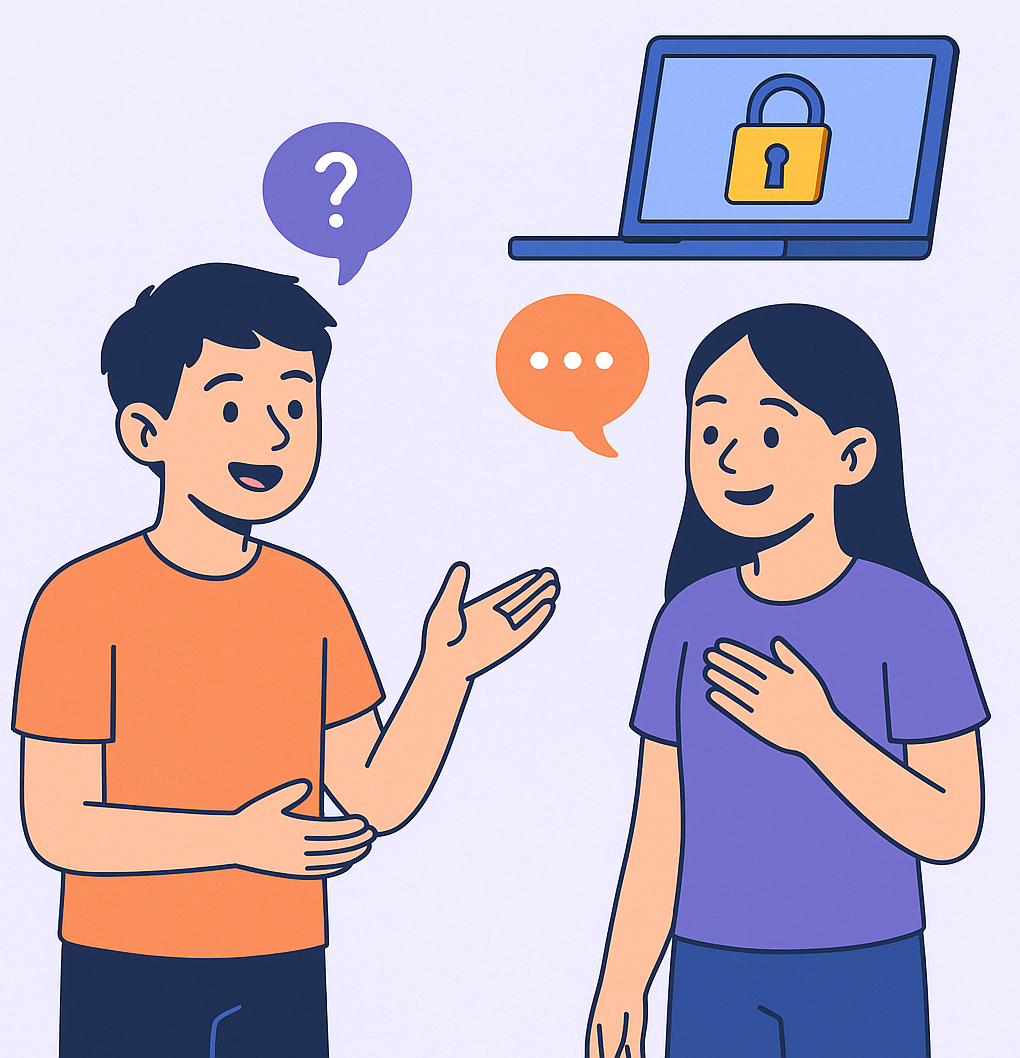With the rise of online communication, email has become an essential tool for both personal and professional use. However, as email usage has increased, so has the prevalence of fake emails or phishing attempts. These fraudulent emails are designed to trick recipients into revealing sensitive information or downloading malicious software. To protect yourself and your personal information, it’s important to know how to spot a fake email. Here are the top three things to look out for:
1. Suspicious Sender Address
One of the easiest ways to identify a fake email is by examining the sender’s address. Pay close attention to the domain name and look for any misspellings or variations that may indicate a fraudulent source. For example, instead of “paypal.com,” a fake email might come from “paypa1.com” or “paypall.com.” Additionally, be cautious of emails that come from generic or suspicious email addresses, such as “noreply@xyz.com” or “admin@yourbank.net.”
2. Poor Grammar and Spelling
Fake emails often contain numerous grammar and spelling errors. Legitimate organizations typically have professional copywriters who ensure that their emails are free from mistakes. So, if you notice multiple grammatical errors or awkward phrasing in an email, it’s a red flag that it may be fake. Keep an eye out for misspelled words, incorrect punctuation, and improper capitalization.
3. Urgency and Threats
Another common tactic used in fake emails is creating a sense of urgency or fear. These emails may claim that your account has been compromised, that you owe money, or that you need to take immediate action to avoid negative consequences. Legitimate organizations rarely send such urgent or threatening messages via email, so be skeptical of any email that tries to pressure you into taking immediate action without providing proper verification.
Remember, it’s always better to err on the side of caution when it comes to suspicious emails. If you receive an email that you suspect is fake, do not click on any links or download any attachments. Instead, contact the organization directly using their official website or phone number to verify the email’s legitimacy. By staying vigilant and following these tips, you can protect yourself from falling victim to phishing attempts and keep your personal information secure.





